Results
-
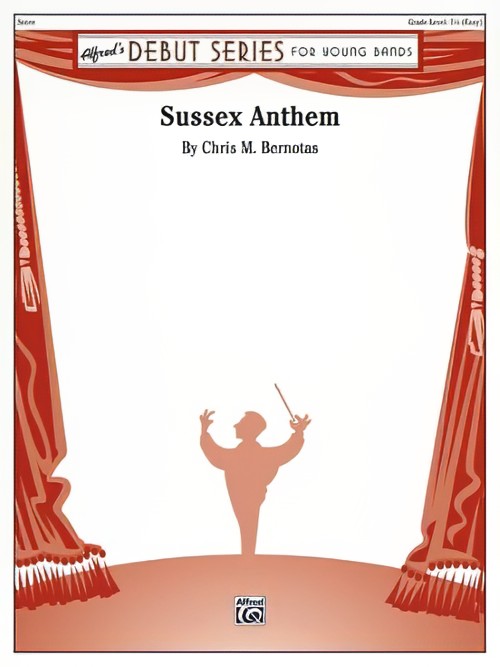 £50.50
£50.50Sussex Anthem (Concert Band with Optional Choir - Score and Parts) - Bernotas, Chris M.
This overture with optional choir can be used to honour all of your students for their dedicated pursuit of musical excellence as well as to the dedicated educators that guide them. With its patriotic sound, memorable melody, and feeling of pride, "Sussex Anthem" will surely be a favourite for your students and audience alike as they celebrate their passion for music.Includes reproducible choral partDuration: 2.45
Estimated dispatch 7-14 working days
-
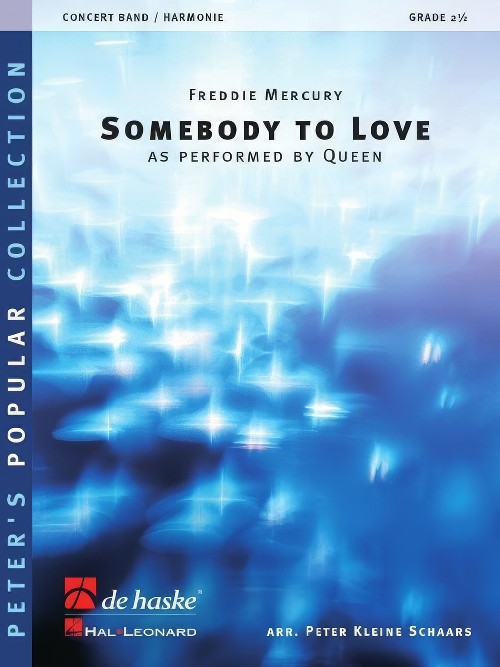 £84.99
£84.99Somebody to Love (Concert Band - Score and Parts) - Mercury, Freddie - Schaars, Peter Kleine
Somebody to Love, from rock legends Queen, is one of the most popular rock ballads of all time. Taking its inspiration from gospel choirs, the band's vocal lines were multiplied many times over to create a full choral sound. This layered effect has been carefully preserved in Peter Kleine Schaars' powerful arrangement for concert band.Duration: 4.00
Estimated dispatch 7-14 working days
-
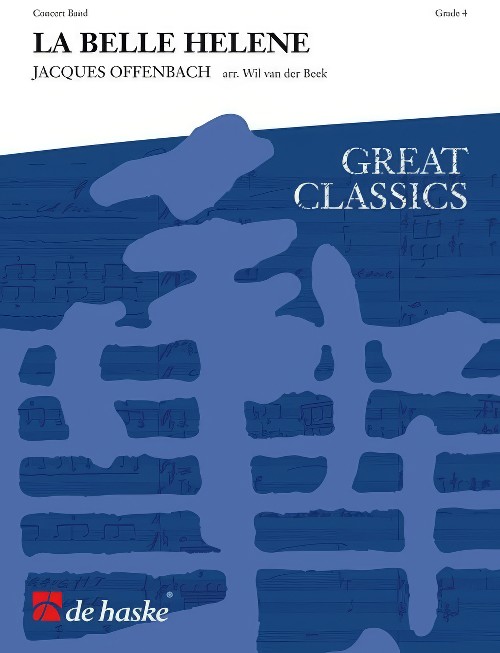 £137.99
£137.99La Belle Helene (Concert Band - Score and Parts) - Offenbach, Jacques - Van der Beek, Wil
For La Belle Hlne Jacques Offenbach was inspired by Greek mythology. The plot is based on the story of Helen of Troy, but was turned into a satire on French high society of the 19th century. The overture of La Belle Hlne was-and is-very popular. Offenbach combined within it a series of arias and choral passages from the operetta.Duration: 10:20
Estimated dispatch 7-14 working days
-
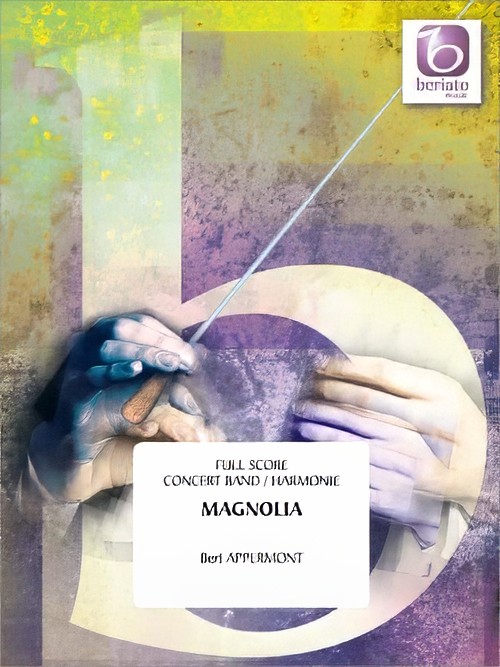 £84.99
£84.99Magnolia (Concert Band - Score and Parts) - Appermont, Bert
Just as the magnificent blooms of the magnolia appear in springtime, so this simple choral melody opens slowly and gracefully, eventually blossoming to a glorious climax. The delightful opening theme is taken up again, and eventually everything comes to rest, like a bud that closes at the day's end. Duration: 5.45
Estimated dispatch 7-14 working days
-
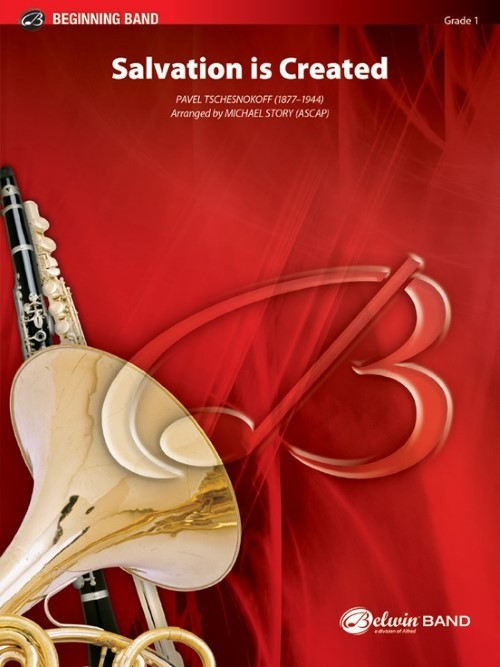 £55.50
£55.50Salvation is Created (Concert Band - Score and Parts) - Tschesnokoff, Pavel - Story, Michael
Salvation Is Created, written in 1912 by Russian composer, conductor, and teacher Pavel Tschesnokoff (1877--1944), was one of the last sacred choral works Tschnesnokoff wrote before being compelled towards secular music by the Soviet Union. One of the most enduring and beautiful chorales ever written, this stirring arrangement is a winner!Duration: 2:00
Estimated dispatch 7-14 working days
-
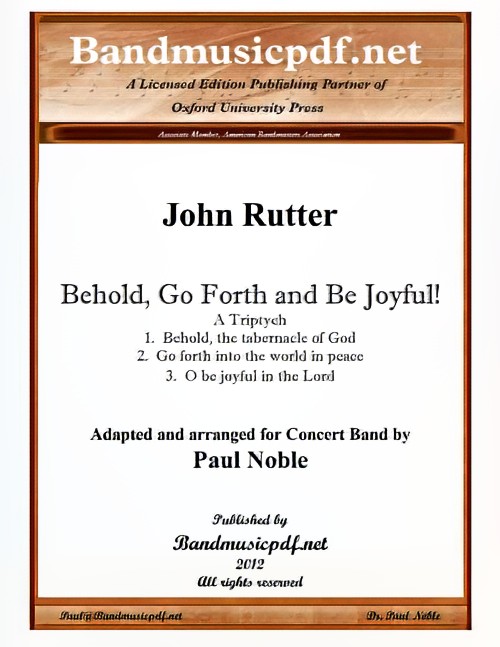 £150.00
£150.00Behold, Go Forth and Be Joyful! (Concert Band - Score and Parts) - Rutter, John - Noble, Paul
These three separate compositions have been adapted into one suite. The first movement, Behold, the Tabernacle of God, is to be performed with the trumpets and trombones placed in the rear or balcony of the concert hall. The effect is to surround the audience with antiphonal sound, thereby, in effect, placing them in the tabernacle of God. The arrangement is adapted from the original scoring for orchestra and chorus. The choral parts are played by the trumpets and trombones.The second movement, Go forth into the world in peace, is scored for woodwinds, horns, euphonium, tuba, and string bass, in keeping with the original scoring for chorus with strings alone. For the third movement, O be joyful in the Lord, the conductor may determine the placement of the trumpets and trombones, either leaving them in the antiphonal setting, or returning them to the stage.
Estimated dispatch 7-14 working days
-
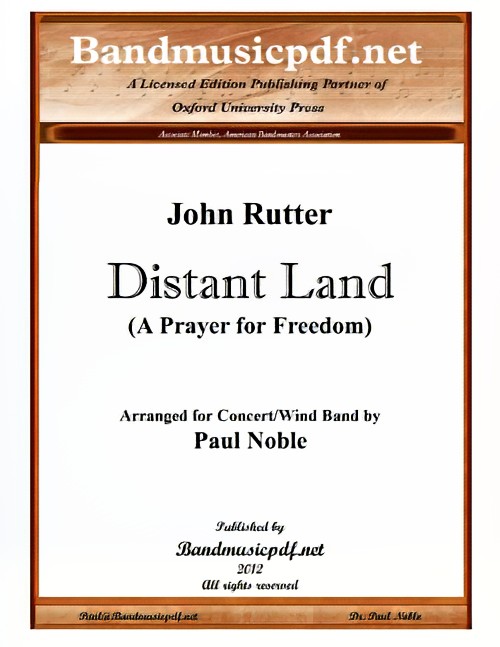 £110.00
£110.00Distant Land (Concert Band - Score and Parts) - Rutter, John - Noble, Paul
Distant Land was originally written in 1991 as a choral piece inspired by the release of Nelson Mandela from prison. Rutter was encouraged to make a purely orchestral version, from which this band arrangement has been adapted. Rutter says: "Listeners who know the original versions may miss the texts, but looking at it another way, your imagination can be set free with no words to constrain you and tell you what the music is 'about'". Distant Land will surely become a tribute to the life of Nelson Mandela, who was a leader of the anti-apartheid movement who eventually became South Africa's first black president to be elected in a fully democratic election.
Estimated dispatch 7-14 working days
-
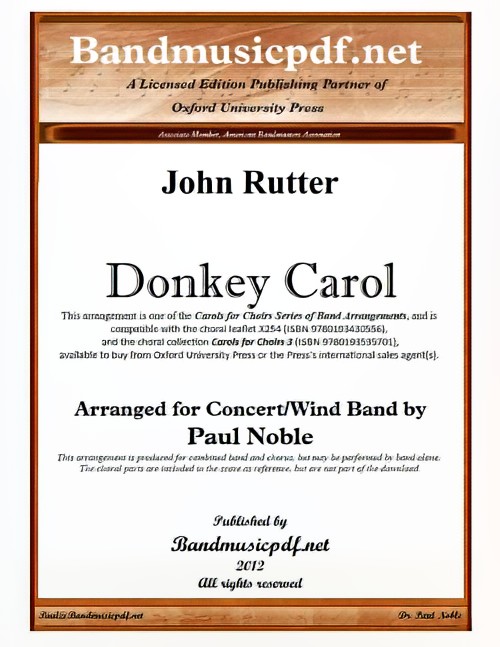 £75.00
£75.00Donkey Carol (Concert Band with Optional Choir - Score and Parts) - Rutter, John - Noble, Paul
This scintillating carol in 5/8 meter will offer a pleasant rhythmic challenge to your ensemble, and the results will delight both ensemble and audience. This arrangement is written and intended for combined Wind Band and Chorus. However, it is also arranged so that it is complete with Wind Band alone. The choral part is shown in the conductor's score, but is not a part of the instrumental packet. The arrangement is compatible with the published vocal score. The scoring is done with some cue size notations that should be played if performing without the chorus. This will make a delightful addition to any Christmas or seasonal concert.
Estimated dispatch 7-14 working days
-
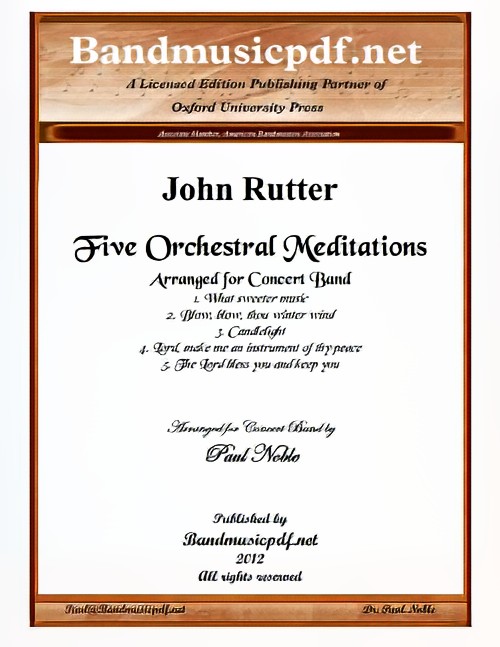 £225.00
£225.00Five Orchestral Meditations (Concert Band - Score and Parts) - Rutter, John - Noble, Paul
The Five Orchestral Meditations are all based on John Rutter's choral pieces, which he re-scored for orchestra, and on which these arrangements are based. They are offered as a suite, but the audio tracks have been separated to make it easier to hear each title. These lovely pieces will present a perfect exercise for band blending, balance, interpretation, intonation, and finesse, while offering your audience some of the typically gorgeous music for which John Rutter is so noted. They may be performed as a suite, or as independent pieces: 1. What Sweeter Music; 2. Blow, blow, thou winter wind; 3. Candlelight; 4. Lord, make me an instrument of thy peace; 5. The Lord bless you and keep you. John Rutter's compositions are in a class by themselves, and this adaptation is sure to find its way into the repertoire of outstanding bands around the world.
Estimated dispatch 7-14 working days
-
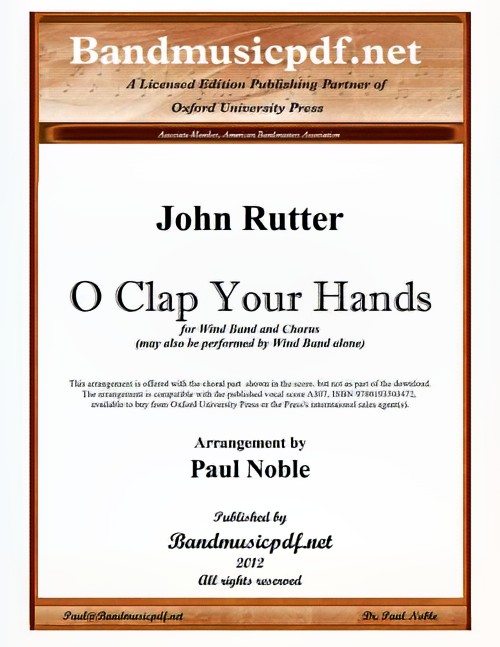 £75.00
£75.00O Clap Your Hands (Concert Band with Optional Choir - Score and Parts) - Rutter, John - Noble, Paul
Another of John Rutter's all time favorites is O Clap Your Hands. This arrangement is written and intended for combined Wind Band and Chorus. However, it is also arranged so that it is complete with Wind Band alone. This arrangement is offered with the choral part shown in the score, but not as part of the instrumental packet. The arrangement is compatible with the published vocal score. The scoring is done with some cue size notations that should be played if performing without the chorus. The excitement and energy of this piece will delight your audiences as well as the performers. It even includes optional hand claps!
Estimated dispatch 7-14 working days
